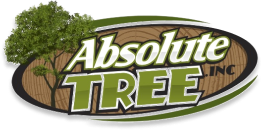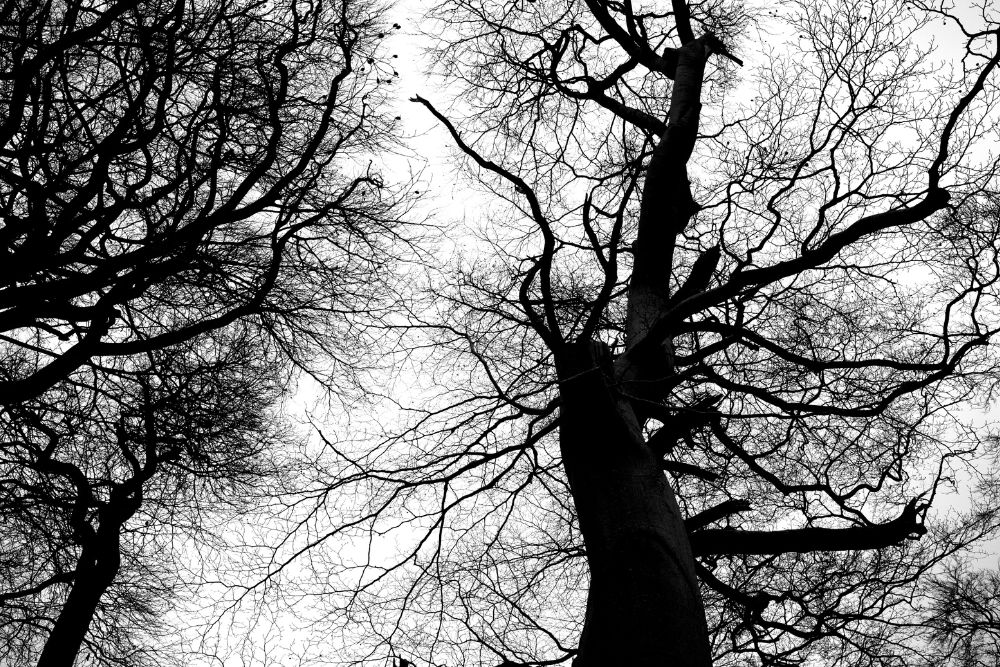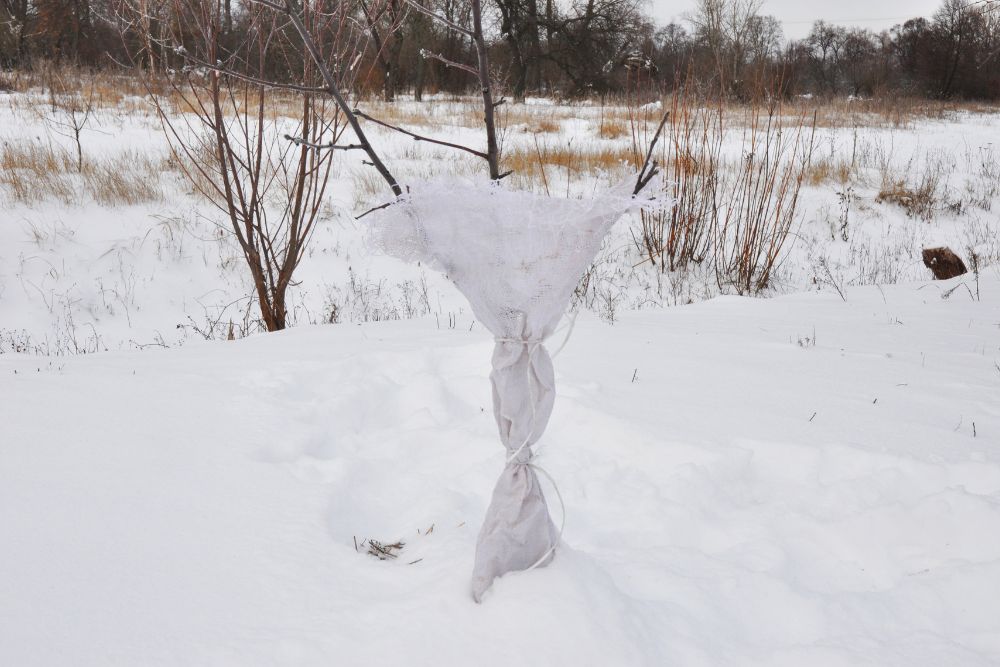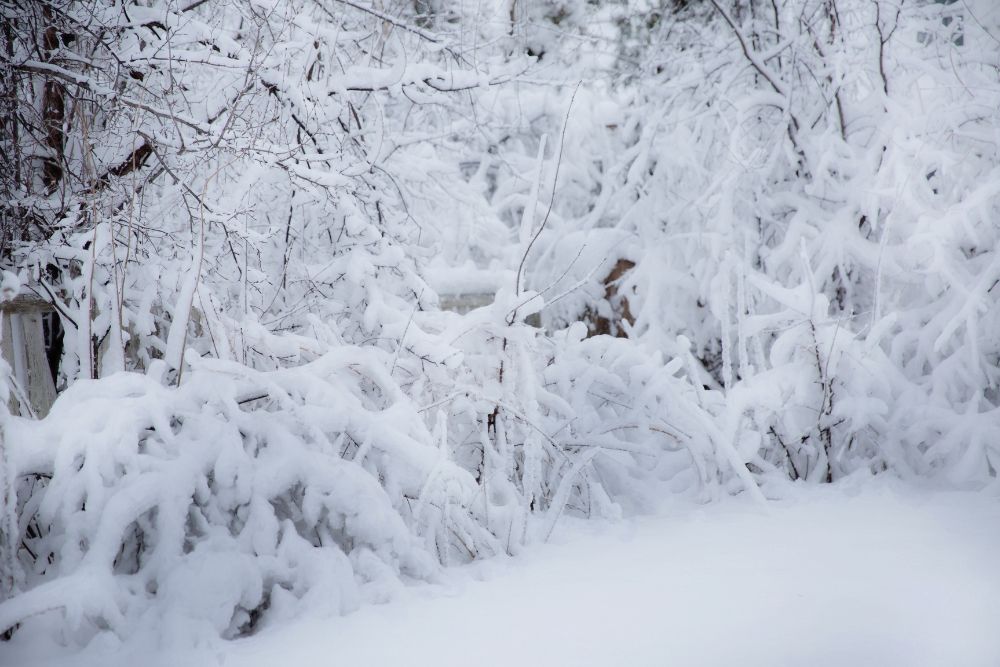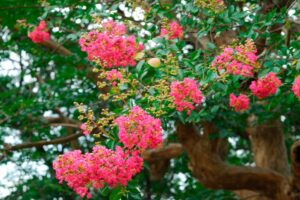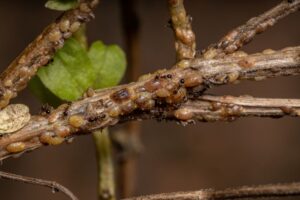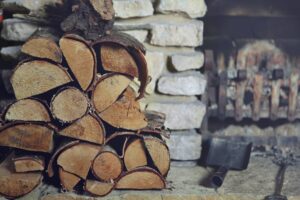Are you worried about the upcoming winter and the potential damage that ice and snow can cause to your trees in Northern Virginia? Don’t fret! In this article, we’ll guide you through the steps to winterize and protect your trees from the harsh elements. From prevention measures to post-storm recommendations, we have essential tips and tricks to keep your trees thriving all winter.
Ice & Snow Damage Prevention in a Nutshell
- Heavy snow and ice can cause extensive damage to trees.
- A pre-winter inspection is the first step to prevent issues from snow and ice. If you haven’t yet evaluated your trees, go do it now.
- Use burlap to wrap young or fragile trees for protection against cold winds and heavy snow.
- Water your trees during warmer winter days when the ground isn’t frozen, especially young or drought-sensitive trees.
- Check or install cables and braces in larger trees to evenly distribute the weight of snow and ice, reducing breakage risk.
- After a snowstorm or freezing rain, check for and address any tree damage.
Preparing Your Trees for Heavy Loads
It’s essential to prepare your trees for the weight of snow and ice to maintain their health and ensure safety. Trees that aren’t adequately protected are more likely to break under the heavy load of snow and ice. This compromises their health and significantly increases the risk of branches or entire trees falling, posing a big safety risk.
Getting your trees ready to minimize the risk of broken branches and more serious damage caused by heavy snowfall and ice storms isn’t the same thing as preparing your trees to withstand the cold temperatures, biting wind, freeze/thaw cycles, and dry ground. For details, see our article about how to winterize your trees.
Preventing ice and snow damage involves a few key steps:
Inspect Your Trees
Before winter sets in, inspect your trees for any signs of damage, decay, or potential weak spots. Cold temperatures and harsh winter weather can worsen any existing cracks or weaknesses. Early identification and intervention can prevent minor issues from escalating into major problems.
Check for potentially unsafe branches or tree trunks with visible cracks or splits. These should be promptly removed for safety. Additionally, prune away dead or weak limbs that might not withstand the weight of snow and ice.
Seeking the expertise of a skilled arborist, like those from a professional tree service such as Absolute Tree, is essential. Their knowledgeable assessment ensures that any issues are correctly identified and can be mitigated before winter arrives.
With their help, you can be confident that any necessary work will be carried out safely, keeping your trees healthy and reducing the risk of winter-related damage.
Wrap Young or Fragile Trees
To protect young or fragile trees from harsh winter weather, wrap them in burlap to prevent snow or ice buildup from bending or breaking the branches. On shrubs and smaller trees, gently wrap the fabric around the plant and secure it with twine. Don’t pull it too tight; you want to leave some natural movement and breathing space. Larger trees generally don’t need protection.
It’s particularly important to protect newly planted trees that are still growing their root systems or those sensitive to cold.
Remember to remove the burlap in the spring to allow the tree to breathe and grow freely.
Remember to Water (Yes, Even in Winter!)
Watering your trees during winter is important in protecting them from snow and ice damage, but it should be done carefully. The best time to water is on warmer days when the temperature is above freezing and the soil is not frozen, allowing the water to penetrate the ground. To monitor moisture levels, check the soil around the tree; it should be moist but not waterlogged.
This practice isn’t necessary for all trees but is particularly beneficial for young, newly planted, or drought-sensitive trees. Established trees, especially trees native to Northern Virginia, are typically well-adapted to local winter conditions and may not require additional watering.
The key is to ensure trees enter the winter well-hydrated from regular watering in the fall, as this helps them withstand the stress of cold and dry winter conditions.
Cabling and Bracing
For larger trees, inspecting existing cables and braces or installing new ones can provide extra stability. These supports help evenly distribute the weight of snow and ice, reducing the risk of branches breaking or trees collapsing.
Ensure all cabling and bracing hardware is in good condition and properly adjusted to avoid unexpected failure over the winter. Given the technical nature of this task, consulting a professional arborist is highly recommended. They have the expertise to accurately assess the tree’s needs and install the necessary supports safely.
Tips on Removing Snow from Trees
After a snow or ice storm, it’s crucial to assess and care for your trees to ensure their health and safety. The weight of snow and ice can cause significant stress and damage to trees, potentially leading to broken branches or even uprooting the tree.
In the aftermath of a winter storm, if your trees are bent over you can take these steps to help them recover and prevent future hazards.
Do not go near any trees that appear to have broken branches or that are newly leaning. These can be extremely dangerous as they can fail without warning, damaging or injuring anything or anyone beneath them.
Take a Gentle Approach
- Use a broom or a small brush to gently remove snow from the branches.
- Start from the bottom and work your way up, lightly brushing the snow off to avoid damaging the branches.
Avoid Shaking
- Resist the temptation to shake branches to dislodge snow. This can cause brittle branches to break, especially when they’re coated with ice.
Ice Removal
- If branches are coated in ice, it’s best to let it melt naturally. Trying to remove ice can harm both the tree and you.
Don’t Overdo It
- If a tree is heavily laden with snow, don’t try to remove all of it. Focus on the most vulnerable areas, like smaller branches, and allow the tree to naturally shed the rest.
Safety First
- Never climb a tree or use a ladder for snow removal. If snow or ice is out of reach, it’s safer to leave it than risk injury.
- Stand to the side, rather than beneath the tree.
- We recommend wearing a hard hat (or even a football or hockey helmet!) and goggles; falling snow and ice can be heavy, with sharp ice fragments and tree parts hidden in it.
Check for Damage
- After removing snow, check for any signs of damage, like cracks or split branches. If you spot any, consult a professional arborist for proper care and possibly pruning.
FAQs About Snow & Ice Damage to Trees in Northern Virginia
Q. What are the signs that a tree has been damaged by ice or snow?
A. Look for signs like broken branches, leaning trunks, or split bark. These indicate that a tree has been damaged. Don’t ignore these signs; they could lead to further problems if left untreated.
Q. Can I use salt or de-icing chemicals to melt ice around my trees?
A. Salt used for de-icing can harm trees; never place it near or on trees, or use it to try to melt ice on tree branches. On your property, consider using a less harmful alternative to salt.
Q. What should I do if my tree is damaged by snow or ice?
A. If you encounter damage that’s more serious than a branch you can safely prune from the ground once the snow and ice have melted, it’s wise to contact an arborist for an assessment. Not all damage is evident from the ground.
Q. If a snow-damaged tree needs to be removed, should I wait until spring?
A. There’s no need to wait! Winter is an ideal time for tree work because the ground is usually frozen, so bringing in heavy equipment is easier, minimizes damage to your lawn, and results in lower costs and faster work.
Has Snow or Ice Damaged Your Trees? Call Absolute Tree!
Taking proactive steps to winterize your trees is essential in protecting them from the harsh realities of snow and ice in Northern Virginia. While the tips provided in this article offer a good starting point, the expertise of a professional arborist cannot be underestimated. At Absolute Tree, we understand the unique challenges that Northern Virginia’s winter weather poses to your trees. Our team of experienced arborists is equipped to provide thorough consultations and tailor-made solutions to ensure the health and safety of your trees throughout the winter season.
Don’t wait for the first snowfall to start thinking about tree care. Call Absolute Tree today at 703-969-6207 and give your trees the best chance to thrive, even in the toughest winter conditions. Remember, preventive care today can save costly repairs tomorrow.
For the Absolute Best Tree Service in Northern Virginia, call Absolute Tree Today!
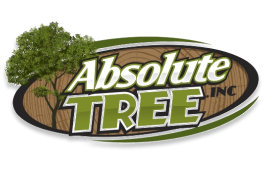
Author Profile: Ashley Davis
Over the last 19 years, Absolute Tree has grown a reputation as one of the premier tree service companies in the Northern Virginia areas. And there’s a good reason for this—we love trees and our passion for them shows. When you call on Absolute Tree for tree service, you aren’t just getting “some guys who cut down trees.” You’re hiring highly skilled arborists who understand the growth of trees and consider tree care an art form.
Stay Up-to-date!
Swing in each month for new articles, pest alerts, local resources, tree care tips, tree health updates, and landscape maintenance ideas
